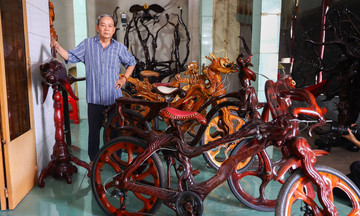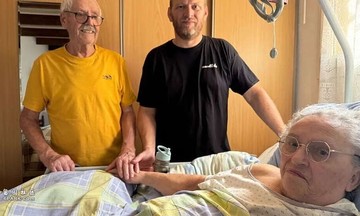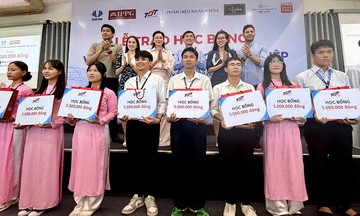Jang, a Seoul office worker, meticulously plans these outings, including visits to residential areas, shops near subway stations, supermarkets, and shopping malls. Along the way, the couple stops at restaurants and cafes to discuss their findings and take notes.
"We find these dates meaningful and fulfilling," Jang said. Her boyfriend is focused on settling down and understanding the factors that contribute to property values. They have surveyed areas like Gangseo and Yeongdeungpo in Seoul, and Goyang in Gyeonggi province.
This dating trend, known as "imjang," involves exploring properties in person. Couples tour houses and apartments not to buy immediately, but to consider future possibilities and learn about the market.
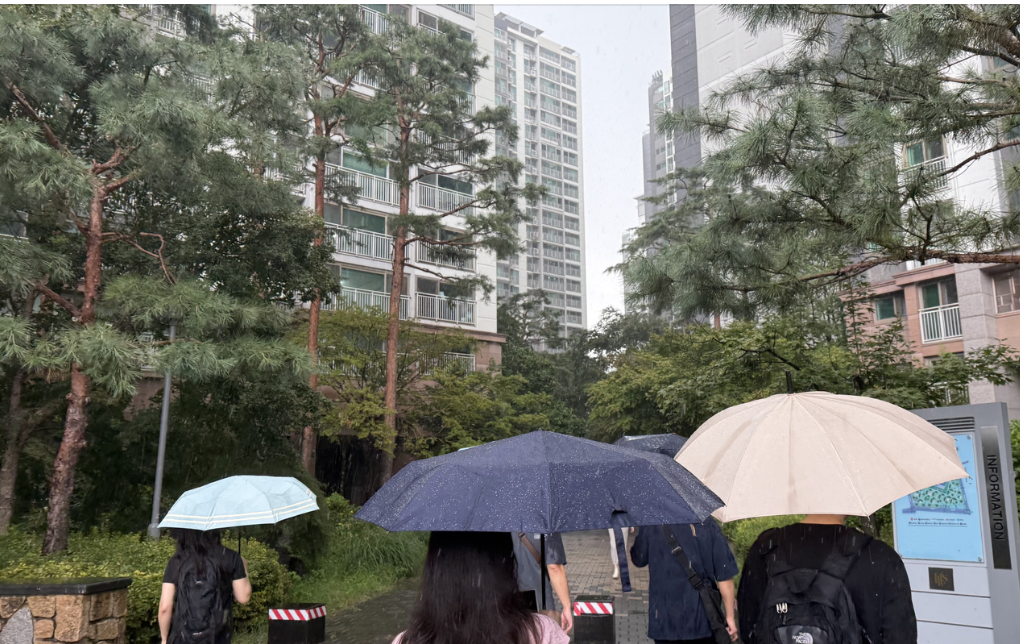 |
Members of an imjang group in Songpa district, Seoul, 9/2025. *Photo: Korea JongAng Daily* |
Imjang originated in Korean real estate culture, initially popular among middle-aged individuals seeking homes in the near future or considering investments. They visit locations firsthand to assess their value.
This activity is now booming as a form of entertainment for Gen Z, revealing that real estate anxieties are impacting them as well.
Jang and her boyfriend participate in a Gen Z imjang group, sharing a passion for research and field surveys.
In late September, they gathered at the Sports Complex station to explore the Songpa district in southern Seoul. The organizer, Hong Ki-hyeon, a real estate enthusiast and office worker, has led these groups for two years. He held a one-hour Zoom meeting to provide an overview of the area and the itinerary, starting in Bangi-dong, then Wirye, and ending at Ogeum Station.
The group strolled through apartment complexes. At the main gate, Hong explained the distinct features of each complex before leading everyone inside to observe the layout, parking lots, nearby shops, and overall atmosphere. Members walked for hours, exchanging observations, sharing real estate knowledge, and discussing their goals.
Among them was Lee, 30, who studied real estate during the Covid-19 period but dropped out. He now wants to restart his learning by joining the imjang group.
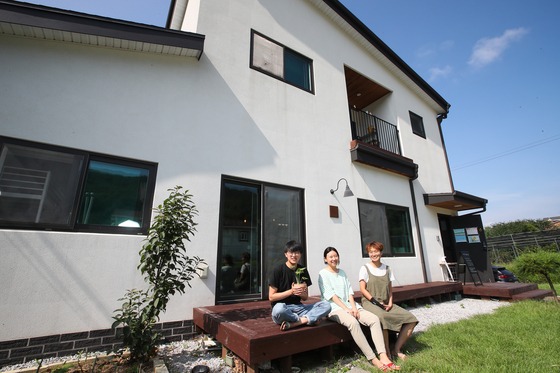 |
A group of young people view apartments in Incheon, 3/2025. *Photo: Korea JongAng Daily* |
Some members brought backpacks and water for the long journey.
Jung Seong-wook, 28, said he already owns a house but is looking for another as an investment. Previously going solo, Jung finds group trips more comfortable as they offer opportunities for conversation and reduce fatigue.
After lunch, the group took the subway to Songpa Station to continue their survey. The schedule was adjusted based on the weather and members' health. The 21 USD tour lasted past 3 p.m. One-day imjang events typically cost 21-35 USD, while many online real estate forums organize them for free.
Programs are usually limited to 10 people aged 20-30. They begin with a weekday session to share notes about the chosen area, followed by a field survey on Saturday, and conclude with dinner. Spots fill up quickly.
However, imjang isn't always welcomed, especially by real estate agents. Previously, groups often entered brokerage offices in the surveyed areas to view properties directly. They posed as potential buyers in pairs, asking to see apartments under the pretense of preparing for a transaction.
This practice has drawn criticism from agents and homeowners who find it time-consuming, disruptive to business, and burdensome.
Some mock imjang participants as lacking funds or genuine purchase plans, yet masquerading as investors to tour properties.
This situation has led to proposals for imjang fees to view properties. Last year, the Korea Association of Realtors issued a formal notice to organizers, urging them to limit activities that reduce agents' efficiency.
Kwon Dae-jung, a professor in the Department of Economics and Real Estate at Hansung University, notes that when participants aren't genuine clients, imjang can significantly impact business.
Jung Seong-wook, 28, believes that walking around apartment complexes is effective. He points out that interiors can be viewed online, while external surveys offer insights into community services and the overall atmosphere.
"Smaller groups are more suitable, as large crowds can be bothersome to residents," he said.
Ngoc Ngan (*Korea JongAng Daily*)




